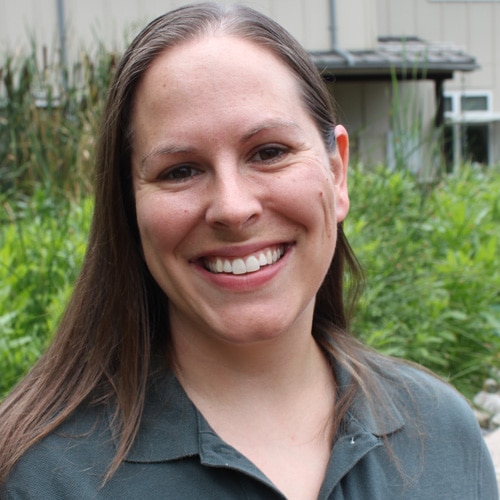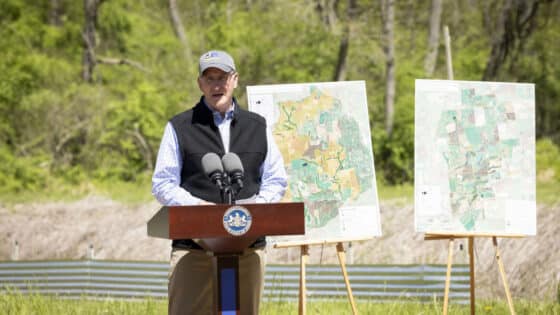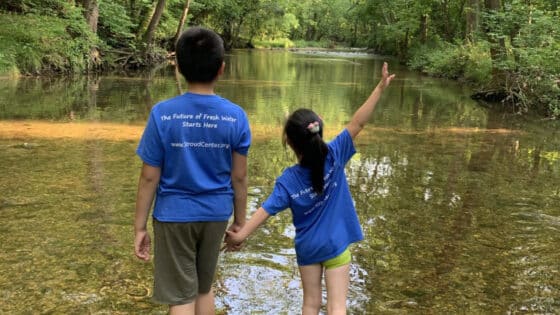Microbial life such as bacteria, fungi, and algae are integral to a naturally functioning aquatic ecosystem. By applying comprehensive molecular approaches, this laboratory is focused on characterizing the composition and distribution of microbial communities, and determining the functional roles as well as their interactions with environments.
Staff
News

Distinct distribution of Archaea from soil to freshwater to estuary: implications of archaeal composition and function in different environments
Wang, H., R.L. Bier, L. Zgleszewski, M. Peipoch, E. Omondi, A. Mukherjee, F. Chen, C. Zhang, and J. Kan. 2020. Frontier in Microbiology 11:576661.
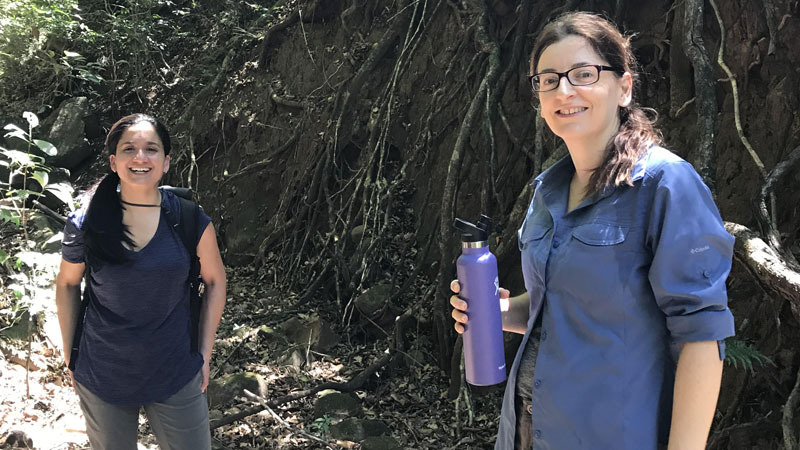
Stream Reach: Building Communities from White Clay Creek to the Yangtze Basin
To truly make a difference requires, not only understanding freshwater systems, but working with all kinds of communities to protect them.

Stream restoration for legacy sediments at Gramies Run, Maryland: early lessons from implementation, water quality monitoring, and soil health
Mattern, K., A. Lutgen, N. Sienkiewicz, G. Jiang , J. Kan, M. Peipoch, and S. Inamdar. 2020. Water 12(8):2164.
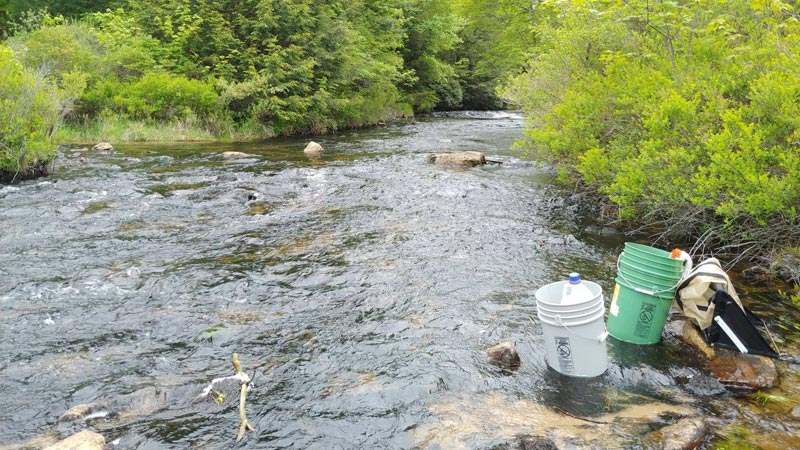
Meet Our 2020 (Virtual) Interns!
The COVID-19 pandemic prevented us from bringing interns onto our campus this year but we are fortunate to have four interns working remotely.
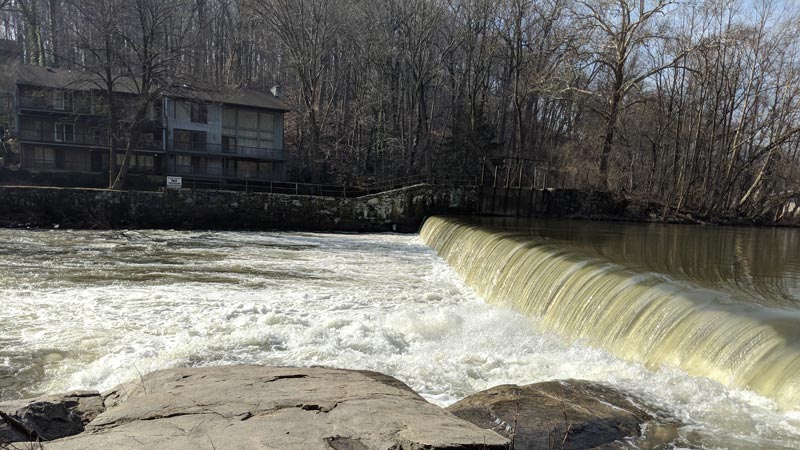
Don’t Stop Me Now! Studying the Effects of Milldam Removal
Stroud Water Research Center scientists are investigating how milldam removal might affect groundwater and surface water quality.

Streambank legacy sediment contributions to suspended sediment‐bound nutrient yields from a Mid‐Atlantic, Piedmont watershed
Jiang, G., A. Lutgen, K. Mattern, N. Sienkiewicz, J. Kan, and S. Inamdar. 2020. Journal of the American Water Resources Association 56(5):820–841.
Publications
Mattern, K., A. Lutgen, N. Sienkiewicz, G. Jiang , J. Kan, M. Peipoch, and S. Inamdar. 2020. Water 12(8):2164.
Jiang, G., A. Lutgen, K. Mattern, N. Sienkiewicz, J. Kan, and S. Inamdar. 2020. Journal of the American Water Resources Association 56(5):820–841.
Streambank legacy sediments in surface waters: phosphorus sources or sinks?
Inamdar, S., N. Sienkiewicz, A. Lutgen, G. Jiang, and J. Kan. 2020. Soil Systems 4(2):30.
Lutgen A., G. Jiang, N. Sienkiewicz, K. Mattern, J. Kan, and S. Inamdar. 2020. Journal of the American Water Resources Association 56(4): 669–691.
Sienkiewicz, N., R.L. Bier, J. Wang, L. Zgleszewski, A. Lutgen, G. Jiang, K. Mattern, S. Inamdar, and J. Kan. 2020. Biogeochemistry 148:271–290.


